24+ Sample Job Lists
-
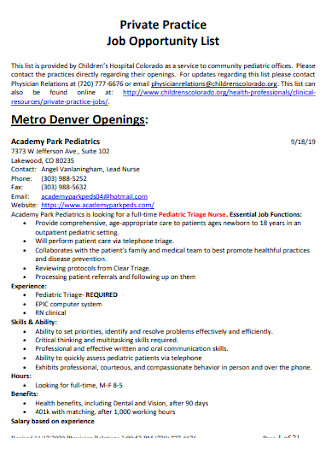
Job Opportunity List
download now -
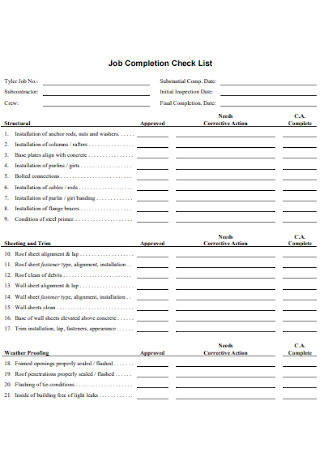
Job Completion Check List
download now -

College Job List Template
download now -
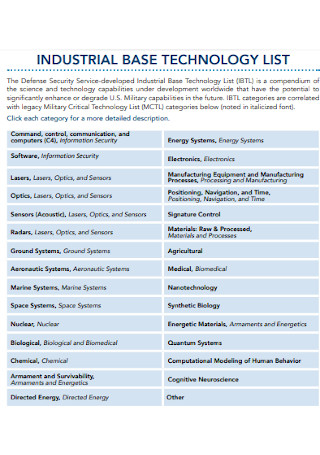
Industrial Job List Template
download now -
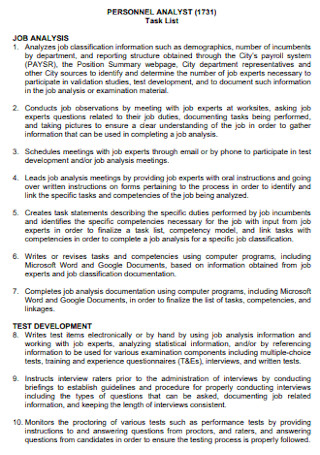
Personnel Job List Template
download now -
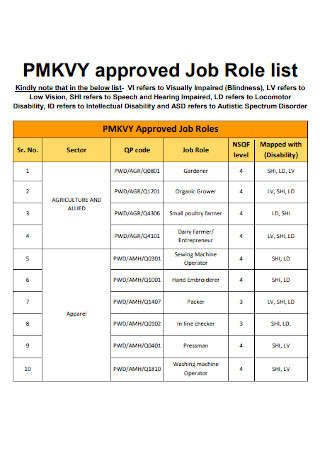
Sample Approved Job Role List
download now -
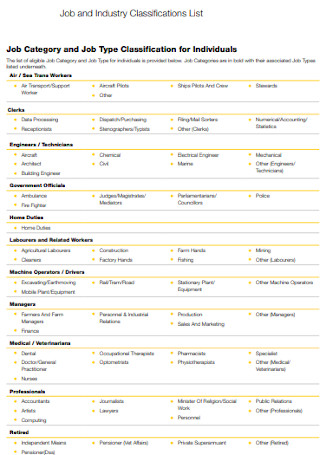
Job and Industry Classification List
download now -
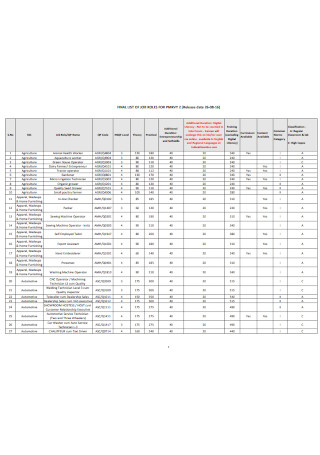
Final List of job Template
download now -
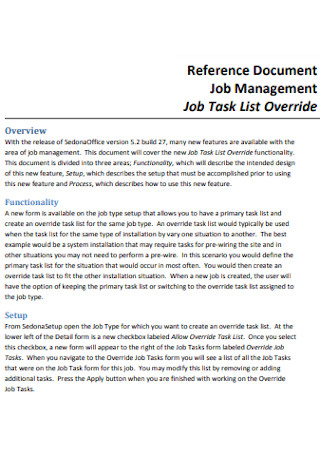
Job Management List Template
download now -

Job Search To Do List
download now -
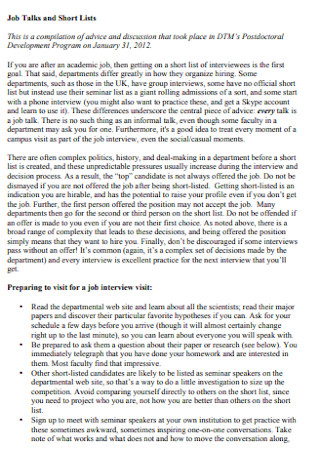
Job Talks and Short Lists
download now -

Job Search List Template
download now -
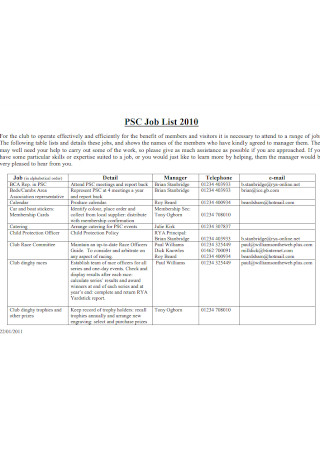
Job List Format
download now -

Sample Job Roles List
download now -
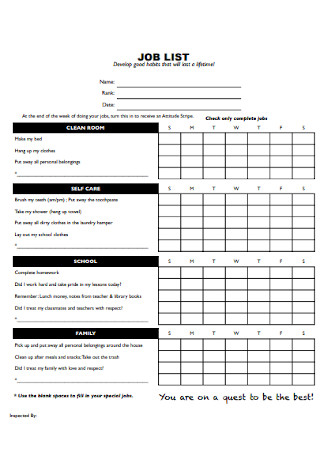
Basic Job List Template
download now -
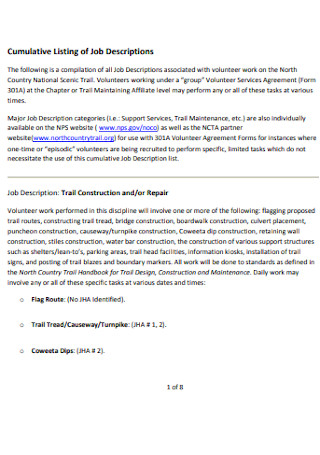
Cumulative Listing of Job
download now -
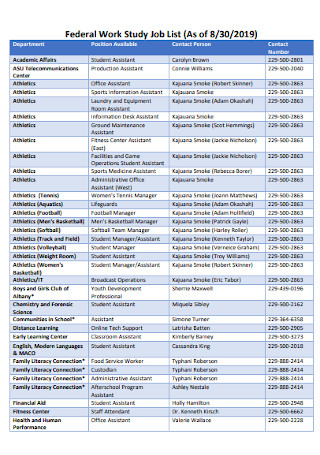
Work Study Job List
download now -
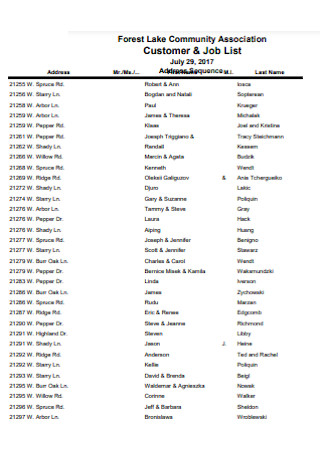
Customer and Job List
download now -
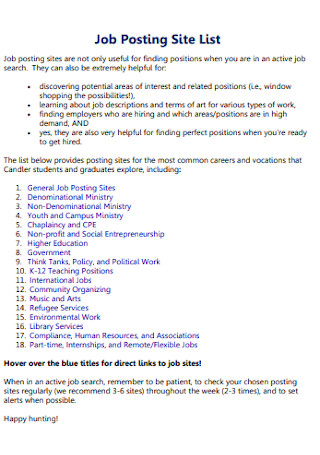
Job Posting Site List
download now -

Board Positions and Job List
download now -
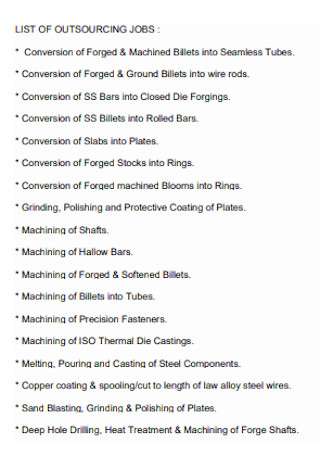
List of Outsourcing Jobs
download now -

Simple Job List Template
download now -
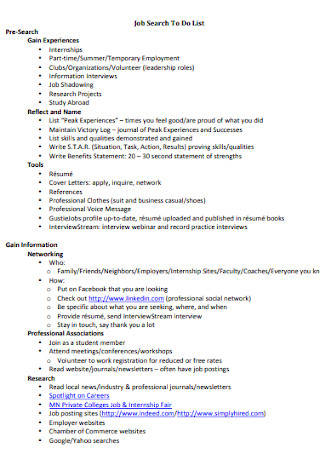
Job Search To Do List Template
download now -
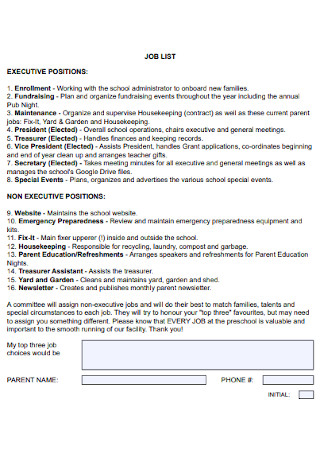
Formal Job List Template
download now -
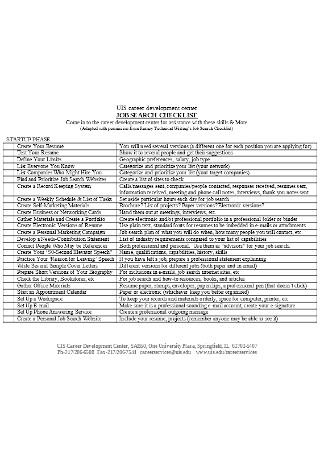
Job Search Checklist Template
download now
What Is a Job List?
Much like a job checklist, the job list is an official document that enlists every specific activity or task to accomplish in a job. The list itself encourages a call-to-action message so that individuals assigned to perform the tasks at hand would know what to do from start to finish. And oftentimes, the job list is given to new hires, trainees, and whoever needs a clear introduction of what roles and responsibilities must be carried out in business.
Did you know that about 157.54 million employees worked in America in 2019?
Also, Microsoft News confirmed that 76% of American citizens keep a to-do list.
Why Is a Job List Important?
A job list is not exactly required but having it reduces the chances of errors in managing your tasks. This detailed list basically prevents you from forgetting all your roles. Hence, it is important when you want to succeed in carrying out your responsibilities, especially during times with a heavy workload. Also, job lists answer the crucial questions when you create a job posting because aside from the list of responsibilities, you can add other essential elements like the job title, job description, job qualifications, and even who to report to.
Most importantly, job lists are not only needed in business or job matters. You can create it for your personal workload too. In fact, 76% of US citizens kept to-do lists, which are similar to how job lists work. Other functions for this list are a student’s classroom activity list, a summer house cleaning job list, and so much more. Thus, do not limit its use for employee use only.
What Are the Elements of a Standard Job List?
There is no perfect example of a job list because there are varying jobs, different purposes, and a wide range of tasks out there. But if you want to know what basic job lists are like, expect the list to have the following elements:
How to Make an Effective Job List
After being introduced to a job list’s description, importance, and significant elements, you now have an idea of what makes up an effective job list. But how will you create it? In this section, you will learn the six easy and crucial steps to create a decent job list.
Step 1: Know the Purpose or Job Itself
It is a bad idea to just make a job list pronto without a clear understanding of the job or purpose behind making it in the first place. At this point, you should know what the job list is for. You can also come up with a task or job analysis to not only understand the whole job but also to identify the necessary tasks that are relevant to that job. And this step is critical as the foundation of the job list because you will know what to write there eventually.
Step 2: Pick a Template to Use
Now that you got a clearer understanding of the job list’s whole point, begin searching for the right sample job list template. This post comes with a list of sample job lists that you can use to edit, download, and print your job list without bothering to make one from scratch. Thus, making a job list gets easier on your part. Your only concern is to change and edit the details of your chosen template until you can personalize it according to your strategic plan.
Step 3: Insert the Complete Elements of a Job List
Take a review of a job list’s main elements which were discussed earlier to set up a complete standard job list. By having the title until the notes segment, you can bet that your output will be effective. Also, you can add more elements that you think are relevant to your job list. An example is to set up a rotation schedule rather than a fixed schedule if the specified time and date working on tasks will change from time to time. What matters most is that you are in control of the list if making it is your responsibility.
Step 4: Write Specific and Clear Tasks
A job list gets less confusing when the tasks enlisted there are straightforward and clear. Keep the task instructions short as long as they are direct to the point. And in regards to clarity, read the enlisted tasks, again and again, to review if they are concise and understandable enough. If you plan on making the job list for someone else, then the person assigned to the tasks at hand might get confused with what you are trying to say. The same goes for the importance of relevance because maybe you made a whole list of career job lists yet the enlisted tasks were all related to school. That is already a fail.
Step 5: Organize Your Job List
Another tip to come up with an easy-to-follow job list is by focusing on organizing the list’s content. An example is to divide the elements of a job list into columns of a table. Or perhaps, you come up with an organizational chart for an easier presentation of enlisted tasks rather than a long paragraph form. Organization can also be achieved through proper labeling and color-coding like when you use red color for every task with high priority, blue for medium, and yellow for the least important ones. How to organize the list also depends on your creativity.
Step 6: Finalize the Format and Update the List Regularly
Your next goal is to finalize your desired format, design, and structure of the job list. For example, should the job list be printed or you simply keep a digital copy instead? Make the most out of the sample’s customizable features since you can definitely alter its content anytime. And most importantly, you should update the job list on a regular basis. Indeed, the job list guides you on what to do. But it gets difficult to distinguish which tasks are already done, not yet done, or still in progress without written updates. Just like project tracking sheets, don’t forget to denote the progress of each task there.
FAQs
What are the most popular jobs in America?
The most common jobs in the US are as a police officer, electrician, marketing specialist, registered nurse, lawyer, software developer, truck driver, and operations manager.
How many employees are in America?
According to Statista’s 2019 research survey, there were 157.54 million employees in the US.
What is a job description?
A job description is a short statement of what to expect in performing a certain job. It basically lists down the tasks, requirements, or skills to manage duties. And it must be concise and well-written.
What are the types of a job?
It is said that a job is divided into four types. These are the thinkers, builders, producers, and improvers.
A job list is your reliable tool to keep track of every task and ensure that things run productively in the process. However, a poorly crafted and disorganized job list can’t promise you that. And this is why sample job list templates are available so you won’t have to bother working on the format, design, and other tedious tasks expected of making job or project lists from scratch. Start building a clear path of all expected job tasks to complete now!
